From their first minutes in a new classroom, students are discovering whether this new learning space is an inclusive one. The course materials, the learning activities, the interactions with other students and instructors—all work together to create classrooms where students can learn and grow. In this pathway, we’ll explore how you can create a welcoming and brave classroom for students starting on day one and continue promoting inclusion throughout the semester. You’ll learn techniques for getting to know your students, building a classroom community, highlighting your students’ strengths, and helping students create trusting and productive relationships with their peers.
Pathway 1: Establishing Inclusivity and Belonging
Pathway Steps
Step 1: Getting to Know Your Students
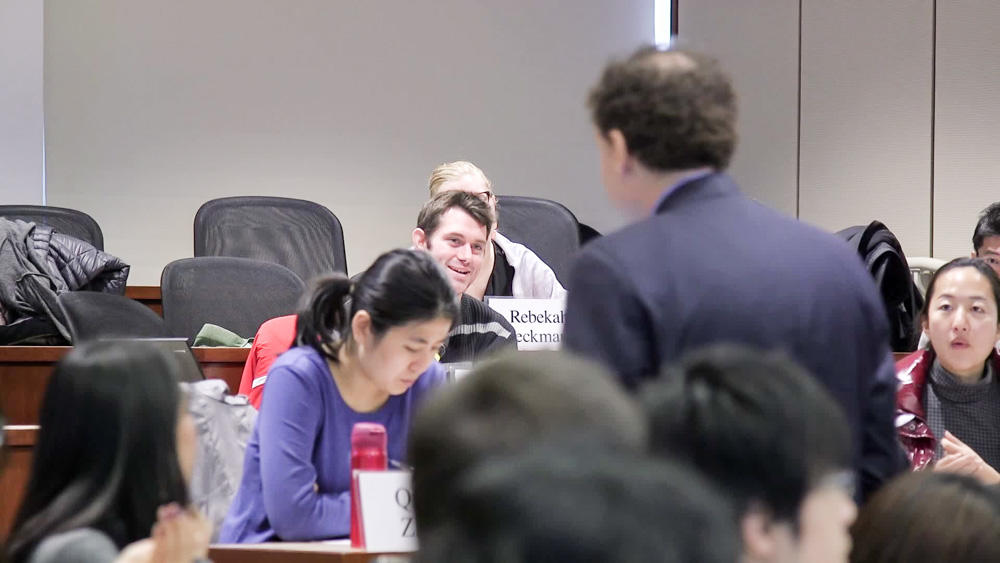
Getting to Know Your Students
Students learn best when they have a good rapport with their instructors. Inclusive instructors build rapport with students by getting to know them: their backgrounds, their interests, their learning goals.
Step 2: Creating Psychological Safety
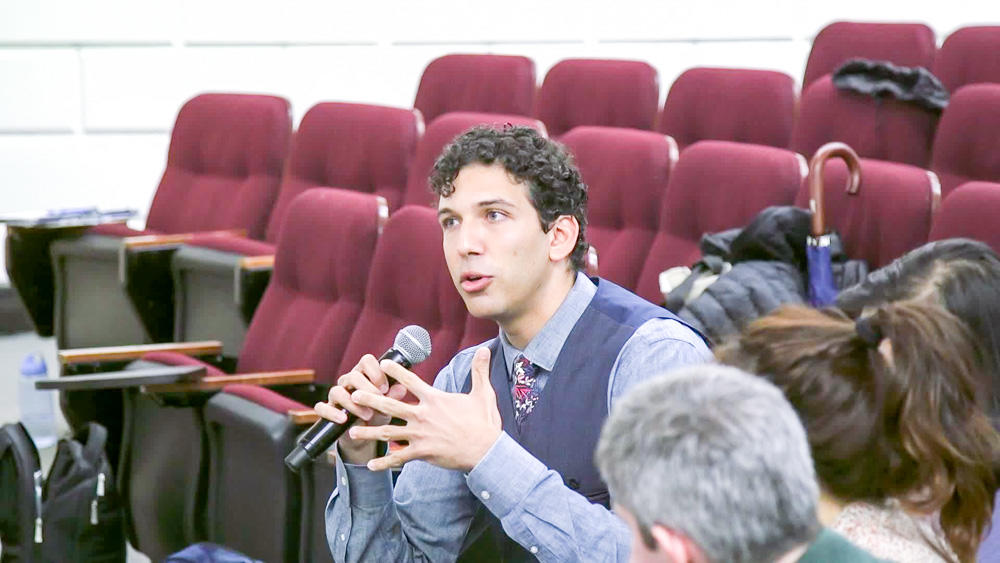
Creating Psychological Safety
Inclusive instructors create learning environments where students feel safe, valued, and respected, which in turn fosters the conditions necessary for all students to take the risks that are necessary for learning.
Step 3: Norm Setting to Build Brave Spaces
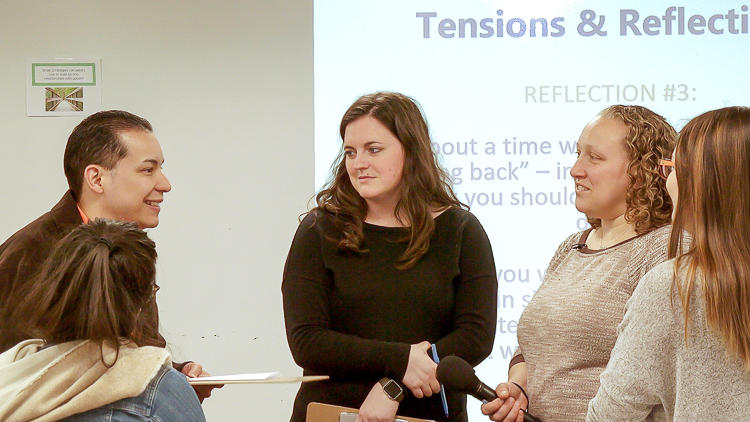
Norm Setting to Build Brave Spaces
To enable significant learning, the classroom must be a brave space where students are encouraged to explore new ideas, respectfully challenge each other’s assumptions, and make mistakes. Norms are a valuable way to help shape such a classroom culture.
Step 4: Modeling Discussion Norms Throughout the Course
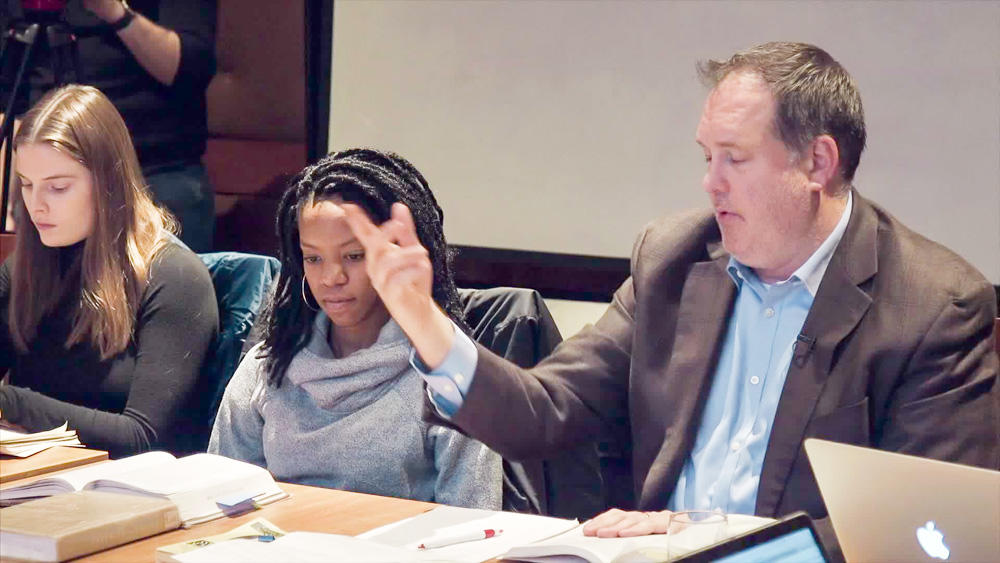
Modeling Discussion Norms Throughout the Course
While norm setting happens on the first day of class, upholding those norms continues throughout the semester. Creating an inclusive classroom where all students feel their contributions are valued takes intentional work from the instructor.
Step 5: Celebrating and Building on Student Strengths
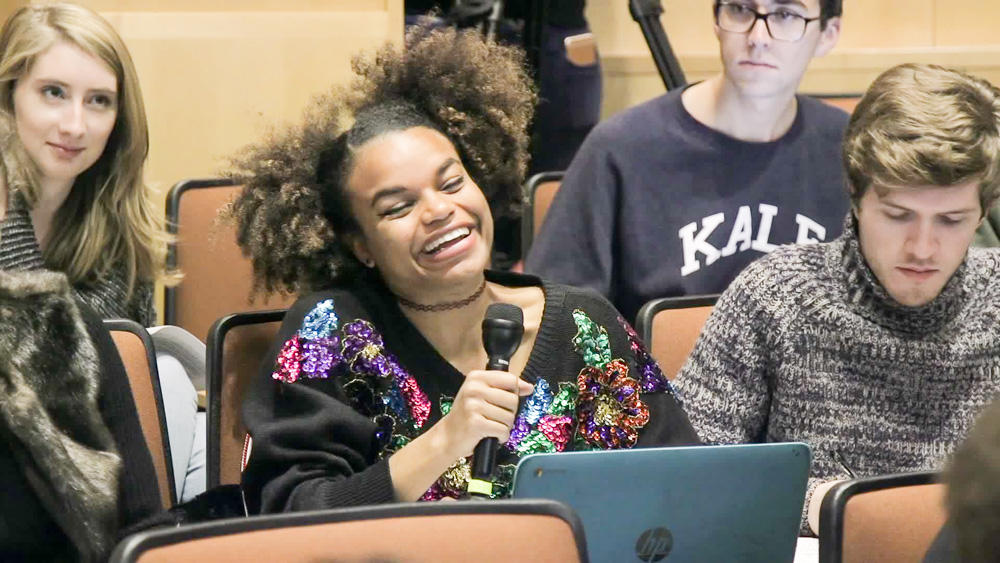
Celebrating and Building on Student Strengths
In inclusive classrooms, instructors highlight how their students are already demonstrating skills, whether academic or social. When instructors hear or see a student demonstrating strong analytical skills, publicly verbalizing what that student is doing can demystify complex thinking and positively reinforce key skills.
Step 6: Diversifying Small Groups to Enhance Learning
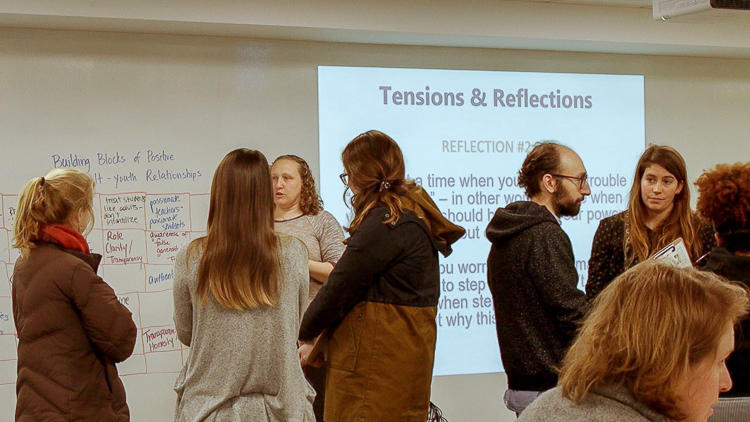
Diversifying Small Groups to Enhance Learning
Student diversity creates great potential for classroom learning, given the different expertise and experience students bring with them. But that diversity only contributes to learning when instructors create dynamic ways for students to interact with a wide array of peers.
Step 7: Using Consistent Student Teams to Encourage Risk Taking
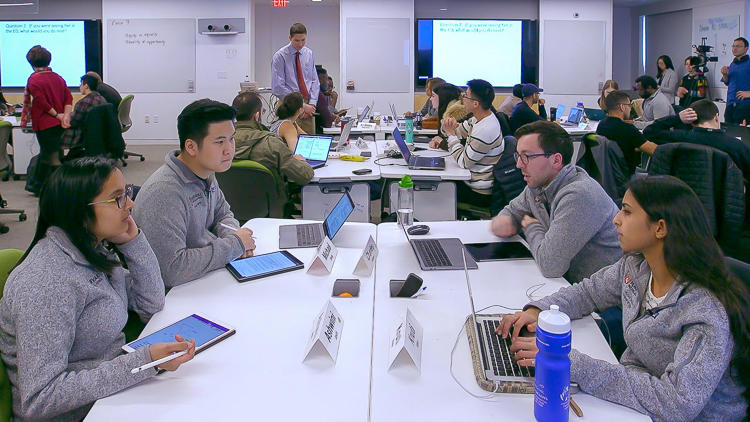
Using Consistent Student Teams to Encourage Risk Taking
While frequently changing discussion partners helps students learn from diverse perspectives, keeping students with the same groups can also create an inclusive classroom by establishing brave space for ongoing discussions.
Pathway 1 Conclusion
Conclusion
Creating an inclusive classroom happens each day of your course, starting before the students ever step into the room. In this pathway, we learned a number of concrete moves you can take to help students feel welcome and supported in your classroom.
The Center for Research on Learning and Teaching (CRLT) at Michigan has created an overview of inclusive teaching with links to many other resources.
This inclusive pedagogy toolkit from Georgetown University helps instructors think through the ways that five interconnected aspects of teaching and learning work together to create inclusive classrooms.
This book chapter highlights how instructors can use Universal Design for Learning alongside inclusive pedagogy to foster a sense of belonging in all students.
The Center for Teaching and Learning at Columbia has compiled tips to help instructors “establish and support a class climate that fosters belonging for all students.”
“Leveraging Norms for Challenging Conversations” articulates a variety of ways in which instructors can collaborate with students to set norms and productively respond to norms violations.
University of Iowa's Office of Teaching Learning and Technology describes the concept of “Brave Spaces” and shares suggestions for how to foster them in higher education classrooms.
Protocols can be an effective tool for promoting equitable small group discussions, and this tip sheet from the Teaching and Learning Lab at HGSE compiles useful protocols grouped by purpose.
For instructors teaching all or part of their course online, Stanford has 10 Strategies for Creating Inclusive and Equitable Online Learning Environments.
The VIBE Framework for equitable decision making, featured by Faculty Focus, provides key questions to ask before making decisions at the individual, group, and institutional levels.
This resource from HGSE on Creating Classroom Communities of Care from the Harvard Graduate School of Education highlights a variety of pedagogical moves that HGSE instructors use in their classrooms to create a caring community.
Ambrose et al. (2010) argue that instructors can create inclusive classrooms by attending more closely to students’ social and emotional development and by intentionally including traditionally marginalized perspectives.
Students benefit from the care their instructors show them. When instructors build rapport with students, they see increased student “engagement,” “enjoyment,” and “learning” (Meyers, 2009).
The IDEA Center (2003) conducted a literature review that established a link between teacher-student rapport and student achievement. The paper also highlighted specific practices that help instructors build relationships with their students.
Researchers at the American Institute of Physics interviewed students from underrepresented groups and learned that African-American students experience greater success in physics when their instructors get to know the students, cultivate belonging, and highlight students’ strengths (2019).
Giving students ground rules that frame the classroom as a “brave space” helped Arao and Clemens prepare postsecondary students, staff, and faculty to engage in challenging conversations in authentic and meaningful ways (2013).
A short intervention in which African-American students affirmed their personal adequacy reduced the racial achievement gap by 40% for those students in two randomized field experiments (Cohen et al., 2006).
“Process” praise that highlights students’ specific work habits can help them develop an incremental theory of intelligence, which helps them build resilience and counters stereotype threat (Yeager & Dweck, 2012).
A broad research study at 23 institutions found that collaborative learning resulted in increased student learning and greater openness to diversity (Cabrera et al., 2002).

